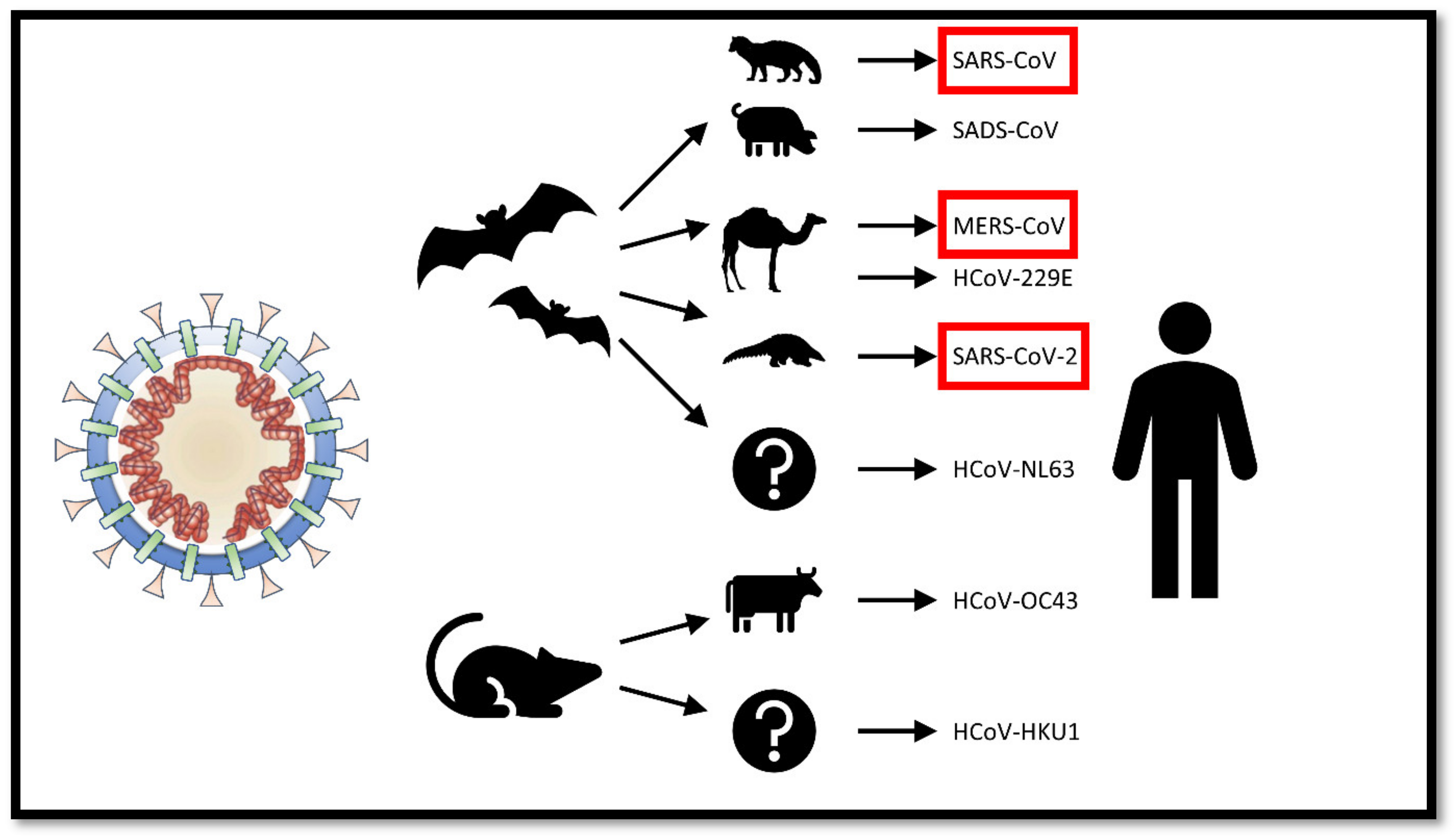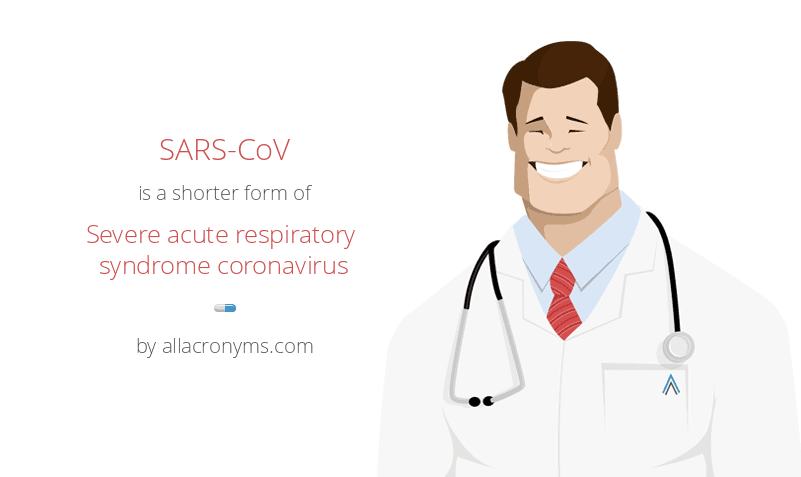Severe Acute Respiratory Syndrome Related Coronavirus 2. SARS Coronavirus genomes are monopartite, single-stranded, positive-sense, polyadenylated, and The desquamation of alveolar epithelial cells leads to hyaline membrane formation within the alveoli and diffuse alveolar damage, the histological hallmark of acute respiratory distress syndrome (ARDS). Members of the Coronaviridae are known to cause respiratory or intestinal infections in humans and other animals (Fig.

SARS Coronavirus genomes are monopartite, single-stranded, positive-sense, polyadenylated, and The desquamation of alveolar epithelial cells leads to hyaline membrane formation within the alveoli and diffuse alveolar damage, the histological hallmark of acute respiratory distress syndrome (ARDS).
The virus appears to spread easily among people, and more continues to be discovered over time about how it spreads.
Read about severe acute respiratory syndrome (SARS), a highly contagious, serious and potentially life-threatening form of pneumonia. It appears to have occurred mainly during the second week of illness, which corresponds to the peak of virus excretion in respiratory secretions and stool, and when cases with severe disease start to deteriorate clinically. Coronaviruses commonly cause infections in both humans and animals.









Comments
Post a Comment